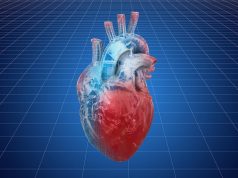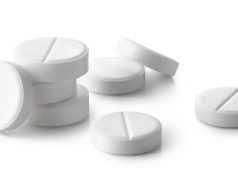Nighttime light independently associated with elevated measures of stress-related neural activity, arterial inflammation
By Elana Gotkine HealthDay Reporter
WEDNESDAY, Nov. 5, 2025 (HealthDay News) — Higher levels of artificial light at night (ALAN) are associated with an increased risk for cardiovascular disease, according to a study presented at the American Heart Association Scientific Sessions 2025, held from Nov. 7 to 10 in New Orleans.
Fatima Saeed, M.B.B.S., from Massachusetts General Hospital in Boston, and colleagues studied 466 adults without cardiovascular disease at baseline who underwent 18F-fluorodeoxyglucose positron emission tomography/computed tomography between 2005 and 2008 to examine the association between ALAN and cardiovascular disease risk. ALAN exposure was assigned to geocoded home addresses and analyzed per standard deviation (SD) and in quartiles.
The researchers found that 79 participants (17 percent) experienced major adverse cardiovascular events (MACE) during 10-year follow-up. Each 1-SD higher ALAN was independently associated with higher stress-related neural activity, which was quantified as the amygdala-to-cortical activity ratio, and greater arterial inflammation, which was assessed as the aortic target-to-background ratio (standardized β, 0.14 and 0.09, respectively). A nearly linear relationship was seen in a splines analysis. Associations were seen for ALAN with five- and 10-year MACE (hazard ratios, 1.35 and 1.22, respectively). Across ALAN quartiles, there was a stepwise decrease in event-free survival. After further adjustment for socioenvironmental factors and medical history, these associations persisted.
“We found a nearly linear relationship between nighttime light and heart disease: the more night light exposure, the higher the risk,” senior author Shady Abohashem, M.D., M.P.H., also from Massachusetts General Hospital, said in a statement. “Even modest increases in nighttime light were linked with higher brain and artery stress.”
One author disclosed ties to the biotechnology industry.
Copyright © 2025 HealthDay. All rights reserved.








